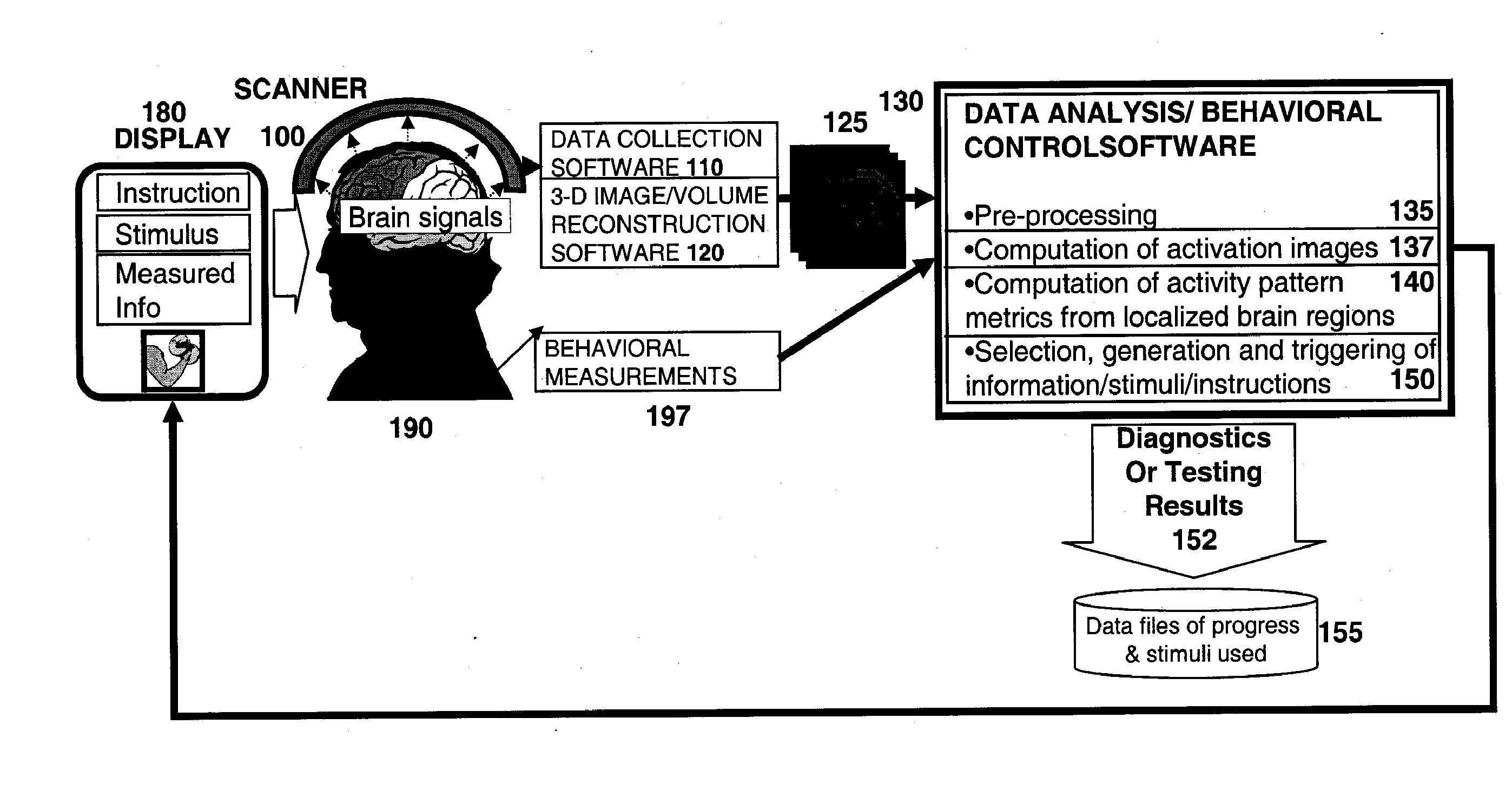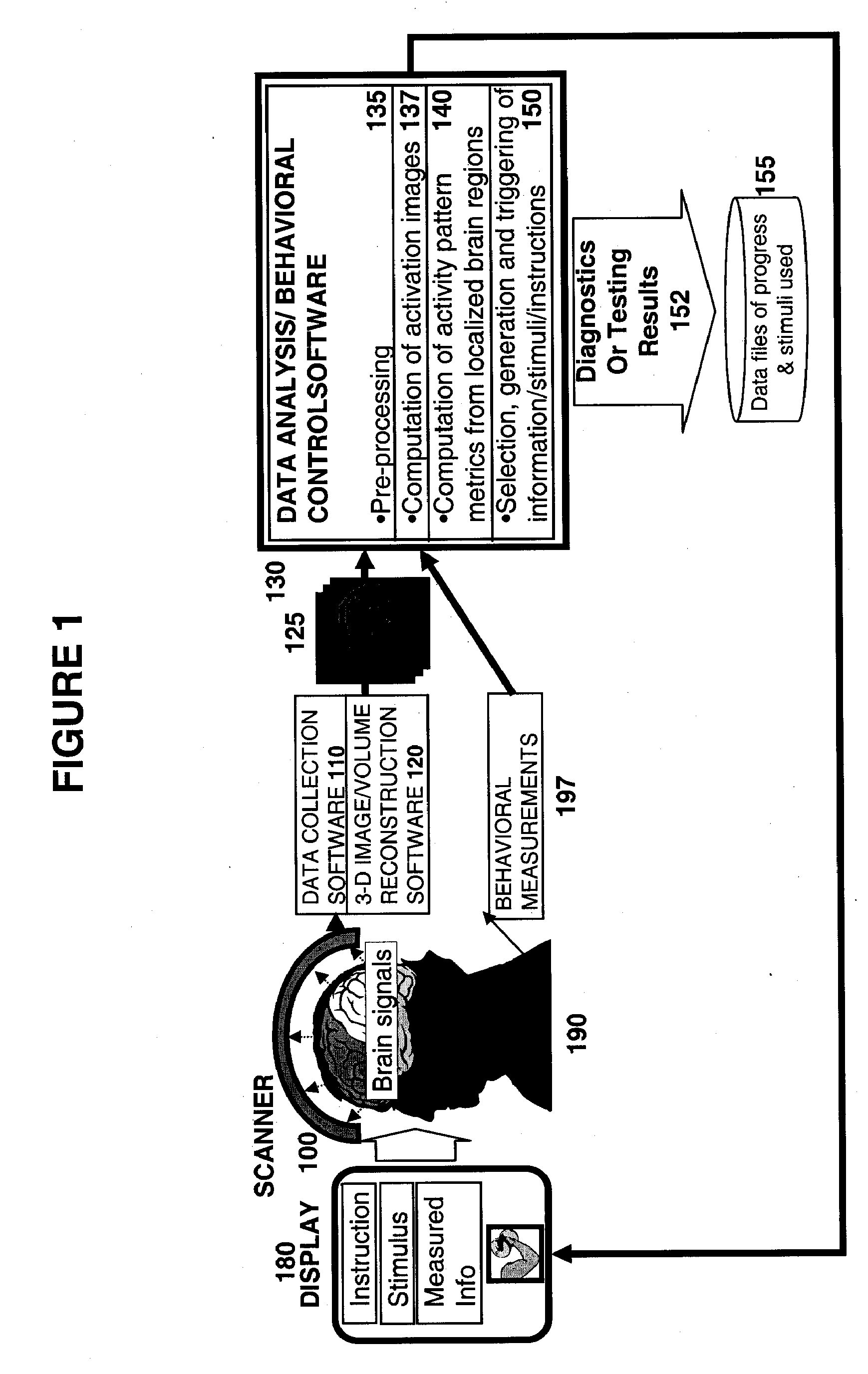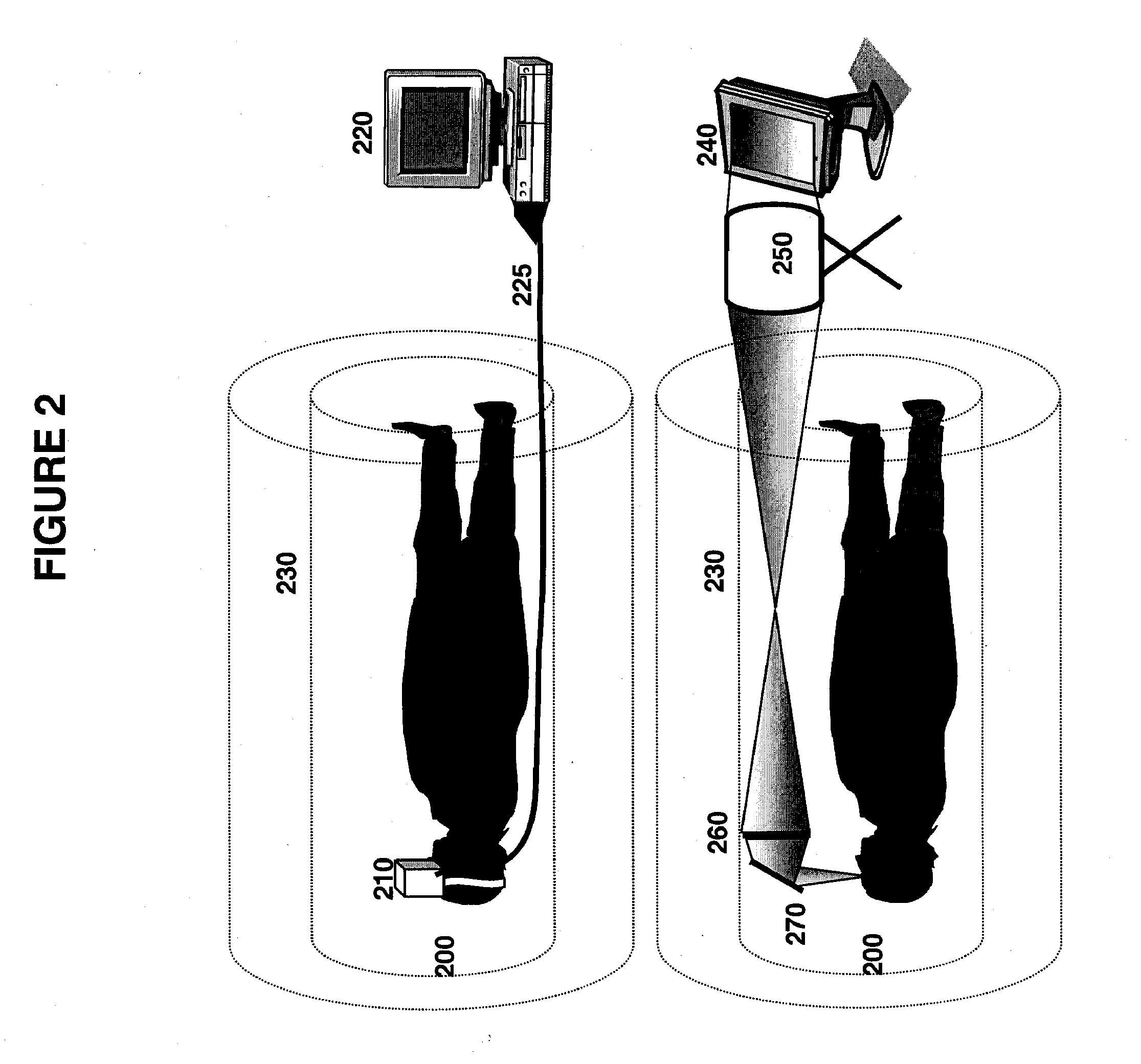Methods for Measurement and Analysis of Brain Activity
a brain activity and measurement method technology, applied in the field of methods, software and systems for monitoring physiological activity, can solve the problems of affecting the ability of brain activity to be measured, and affecting the effect of dopaminergic ligands,
- Summary
- Abstract
- Description
- Claims
- Application Information
AI Technical Summary
Problems solved by technology
Method used
Image
Examples
examples
[0382] The brain is highly segmented, with localized regions of the brain performing entirely different functions. Now that such selective testing of regions of interest of the brain can be achieved, a myriad of valuable applications are made possible. Described herein is a non-comprehensive list of different applications of the methods of the present invention. Also described are more detailed examples of the types of information that may be provided to subjects and of the types of computations used to generate these displays.
[0383] 1. Performing Computations on Images using Analysis and Control Software
[0384] The data analysis / behavioral control software 130 may be used to take in raw image data and perform a series of computations, including pre-processing 135, computation of activation image / volumes 137, computation of activity metrics 140. A single example of these steps were presented in sections 3-6 above. The following sections provide more detailed examples and explanatio...
PUM
 Login to View More
Login to View More Abstract
Description
Claims
Application Information
 Login to View More
Login to View More - R&D
- Intellectual Property
- Life Sciences
- Materials
- Tech Scout
- Unparalleled Data Quality
- Higher Quality Content
- 60% Fewer Hallucinations
Browse by: Latest US Patents, China's latest patents, Technical Efficacy Thesaurus, Application Domain, Technology Topic, Popular Technical Reports.
© 2025 PatSnap. All rights reserved.Legal|Privacy policy|Modern Slavery Act Transparency Statement|Sitemap|About US| Contact US: help@patsnap.com



